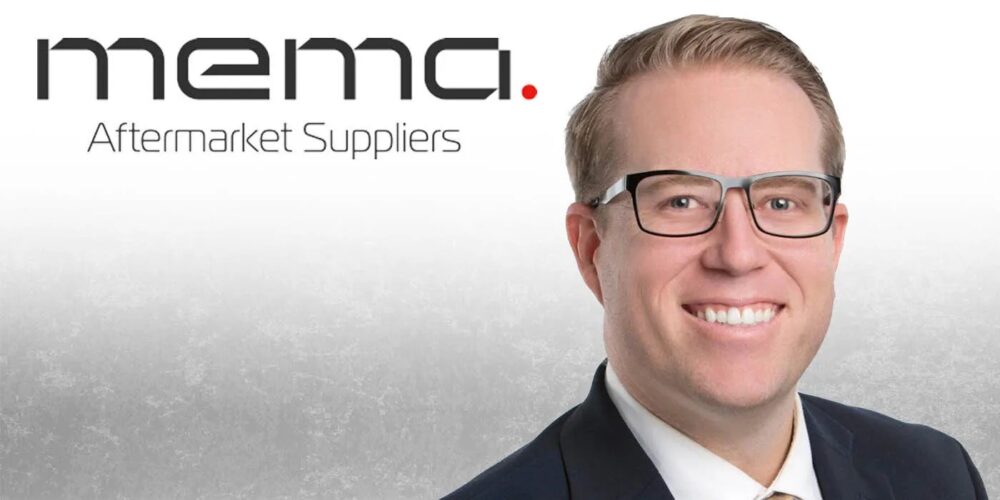As with all automotive technology, the art and science of drive shaft repair is rapidly changing. During the early years of the automobile, automotive engineers were confronted with the problem of transmitting power from a fixed position at the transmission to the rear axle, which is traveling through a vertical plane.
 They solved this problem on many early vehicles by using a “torque tube” drive shaft, which consists of a single universal joint mounted at the transmission and a torque tube solidly bolted to the rear axle. While the torque tube drive is a model of simplicity, it doesn’t fare well at high speeds due to the vibration and harmonics problems caused by using a single universal joint. So, during the 1950s when higher vehicle speeds became the rule, the torque-tube drive train was phased out in favor of the current Hotchkiss design, which uses an “open” drive shaft that uses a universal joint mounted at either end to connect the transmission to the rear drive axle.
They solved this problem on many early vehicles by using a “torque tube” drive shaft, which consists of a single universal joint mounted at the transmission and a torque tube solidly bolted to the rear axle. While the torque tube drive is a model of simplicity, it doesn’t fare well at high speeds due to the vibration and harmonics problems caused by using a single universal joint. So, during the 1950s when higher vehicle speeds became the rule, the torque-tube drive train was phased out in favor of the current Hotchkiss design, which uses an “open” drive shaft that uses a universal joint mounted at either end to connect the transmission to the rear drive axle.
Basic Technology
When operating at an angle, the drive shaft begins to experience an acceleration/deceleration cycle inherent in the typical cross-type universal joint. Engineers canceled that acceleration/deceleration cycle of the front universal or “u-joint” by mounting a second u-joint at the drive axle end. To effectively cancel vibration, the rear u-joint must be aligned to the same clock position as the front u-joint. In addition, the total run-out or off-center of the drive shaft shouldn’t exceed 10 one-thousandths of an inch (.010-inch). Generally, when the drive shaft run-out exceeds .010-inch the shaft will begin to produce a noticeable vibration at approximately 50 miles per hour or at approximately 2,000 drive shaft revolutions per minute.
Market Changes
Because modern engines, tires and suspension systems are designed to operate very smoothly and quietly, drive shaft vibrations have become more objectionable than ever in rear-wheel and all-wheel drive vehicles. In years past, an average technician or talented amateur mechanic could successfully replace universal joints mounted in a conventional steel drive shaft. In some cases, the drive shaft yoke might become distorted during the process, which increased drive shaft vibration. But, in the vehicles of the day, that slight amount of vibration wasn’t generally noticed.
Beginning with imported vehicles, drive shaft design began to become more compact and more therefore more difficult to service. While the universal joints could be replaced in many of these drive shafts, their installation required special drive shaft equipment to eliminate run-out and to re-balance the drive shaft if required. In addition, replacing u-joints without damaging the drive shaft yokes and tube in the popular aluminum drive shafts requires more tooling and expertise. In short, the new-generation drive shafts have become more time-consuming to service and are more prone to producing expensive comeback complaints.
From The Service Bay
It’s important to understand the relationship between time and money when servicing your wholesale or dealer accounts.
Time in a modern production shop is valued in tenths of an hour. Given a modern two-piece drive shaft equipped with a center support bearing, is it more profitable to replace or repair? Considering corrosion damage and other variables, repair times can easily consume an hour or more. In contrast, replacing a Hotchkiss type of drive shaft with remanufactured or new generally requires about 30 minutes. Remanufactured or new provides a predictable profit and far less likelihood of a vibration or noise complaint.
In addition, the supplier’s warranty reduces the dealer’s risk and liability if a vibration or noise complaint arises. For that reason, it’s becoming easier and more profitable for repair shops to replace than repair. Because it’s a bottom-line issue for both technician and supplier, it’s becoming more important for you, as the parts professional, to inform your wholesale or dealer account of your available drive shaft replacement options for remedying that annoying drive shaft vibration or noise complaint.









